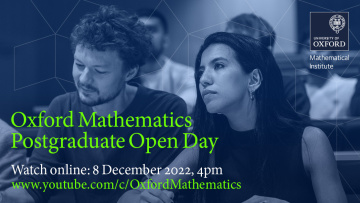An agent-based model of the tumour microenvironment
Abstract
The term cancer covers a multitude of bodily diseases, broadly categorised by having cells which do not behave normally. Cancer cells can arise from any type of cell in the body; cancers can grow in or around any tissue or organ making the disease highly complex. My research is focused on understanding the specific mechanisms that occur in the tumour microenvironment via mathematical and computational modelling. In this talk I shall present a 3D individual-based force-based model for tumour growth and development in which we simulate the behaviour of, and spatio-temporal interactions between, cells, extracellular matrix fibres and blood vessels. Each agent is fully realised, for example, cells are described as viscoelastic sphere with radius and centre given within the off-lattice model. Interactions are primarily governed by mechanical forces between elements. However, as well as he mechanical interactions we also consider chemical interactions, by coupling the code to a finite element solver to model the diffusion of oxygen from blood vessels to cells, as well as intercellular aspects such as cell phenotypes.


